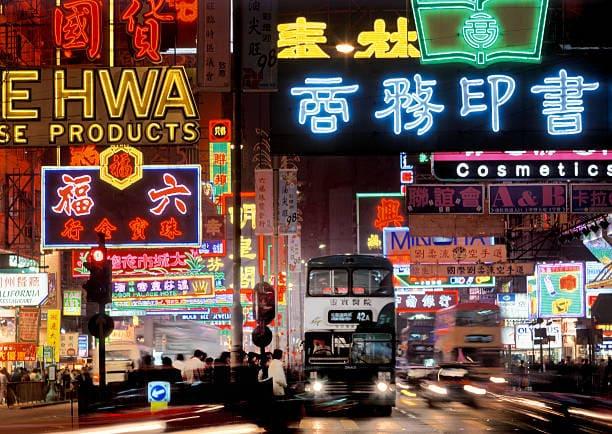As night falls, the neon lights of the city come alive, emitting a mesmerizing glow that captivates our gaze. Have you ever been curious about how these beautiful neon lights are created? Let us embark on a journey to explore the crucial materials that play a key role in neon light manufacturing and unveil the mysteries behind light and color.

Neon lights have always been associated with glass tubes in our memories. Glass tubes are an essential component in the manufacturing of neon lights, as they bear the enchanting glow of neon, allowing the light to radiate uniformly. Crafting high-quality glass tubes requires the selection of suitable glass materials and the precise application of heating and shaping techniques.
In the process of creating glass tubes, specific glass materials with distinct physical and chemical properties are carefully chosen. Common materials include borosilicate glass or silicate glass, renowned for their high heat resistance and ability to withstand vibrations. The selected glass material is then heated to high temperatures, rendering it soft and malleable. Skilled artisans employ blowpipes or other shaping tools to blow air or stretch the softened glass material into the desired shapes, giving rise to the structure of the glass tubes. Finally, the glass tubes undergo a cooling and solidification process to ensure their stability and durability.

In addition to glass tubes, LED (Light-Emitting Diode) is another essential material widely used in modern neon lights. LED is a semiconductor material that converts electrical energy directly into light energy, activated by an electric current. LEDs possess numerous advantages, including high efficiency, long lifespan, low power consumption, and dimmability.
LED neon lights typically consist of red, green, and blue LED chips. By controlling the brightness and combination of different-colored LEDs, a plethora of vibrant and colorful lighting effects can be achieved. This versatility allows neon lights to present astonishing dynamic displays, such as rainbow gradients, flickering patterns, and fluid-like movements.





